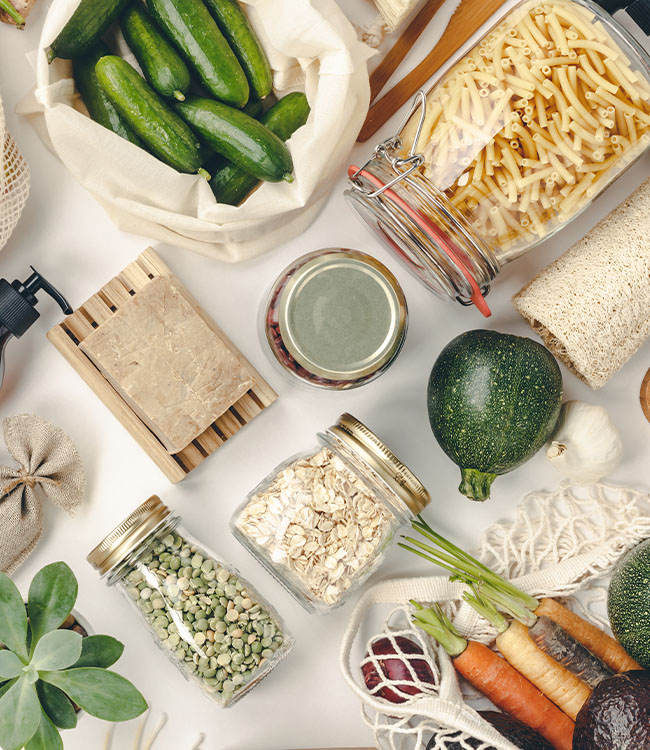How can foodservice operators adapt to dealing with high operating costs, such as rents and business rates, and changing consumer demands? As operators face into challenges and make the most of new opportunities, we look at 3 hot trends to watch out for in the UK restaurant industry in 2020:
- Food halls
- Pop-up restaurants
- Takeaway innovations: click and collect, dark kitchens and in-house dark kitchens
Food halls
Food halls have started to spring up across the country and have been breathing new life into the UK’s casual dining sector.
They offer a viable alternative for independent restaurant operators weary of committing to a long-term lease on a high street location – given the twin challenges of rising rents and reduced footfall.
So what is a food hall? It’s a venue made up of local speciality restaurants and bars under one roof. Examples include Baltic Market in Liverpool or Boxpark in London’s Wembley.
These concepts work especially well in city locations, appealing to young urbanites who enjoy the convenience and flexibility of having multiple dining and drinking options – all under the convenience of one roof.
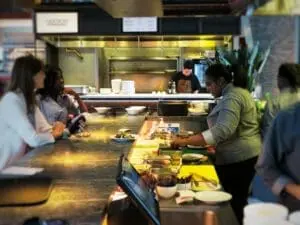
The food hall trend will ramp up in 2020, with new operators coming into the market. These include Eataly, the Italian artisanal food hall brand, opening its much-anticipated UK outpost in a two-storey 42,000 sq ft venue in London’s Bishopsgate in London later this year. Also opening in Bishopsgate is The Market, by food and drink consultancy Rhubarb, which aims to foster up-and-coming chefs in its collaboration with food award organisers, Young British Foodies.
Mintel predicts:
As society becomes more informal and consumers’ food and drink preferences become more diverse, food halls will provide an effective way for property owners to convert existing sites into sustainable shared spaces that allow operators to react to changing consumer demand.
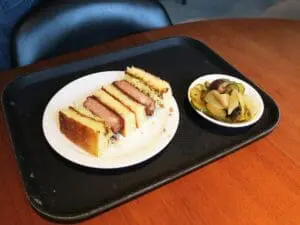
Pop-up restaurants
With commercial landlords facing a number of high profile restaurants reducing the number of sites they operate, such as Prezzo, or in the case of Jamie’s Italian closing all their restaurants, they are looking at alternatives to protect their investments and encourage rents to keep flowing. Pop-up restaurants offer landlords short-term lets and are a fail-safe way to test out new concepts – letting a site as a pop-up is obviously better than leaving it vacant.
10 Heddon Street in London’s Mayfair is one such example. Once the permanent site for restaurant Magpie, it has since been re-purposed as a rotating pop-up venue for chefs and operators to launch short-term incubator projects.
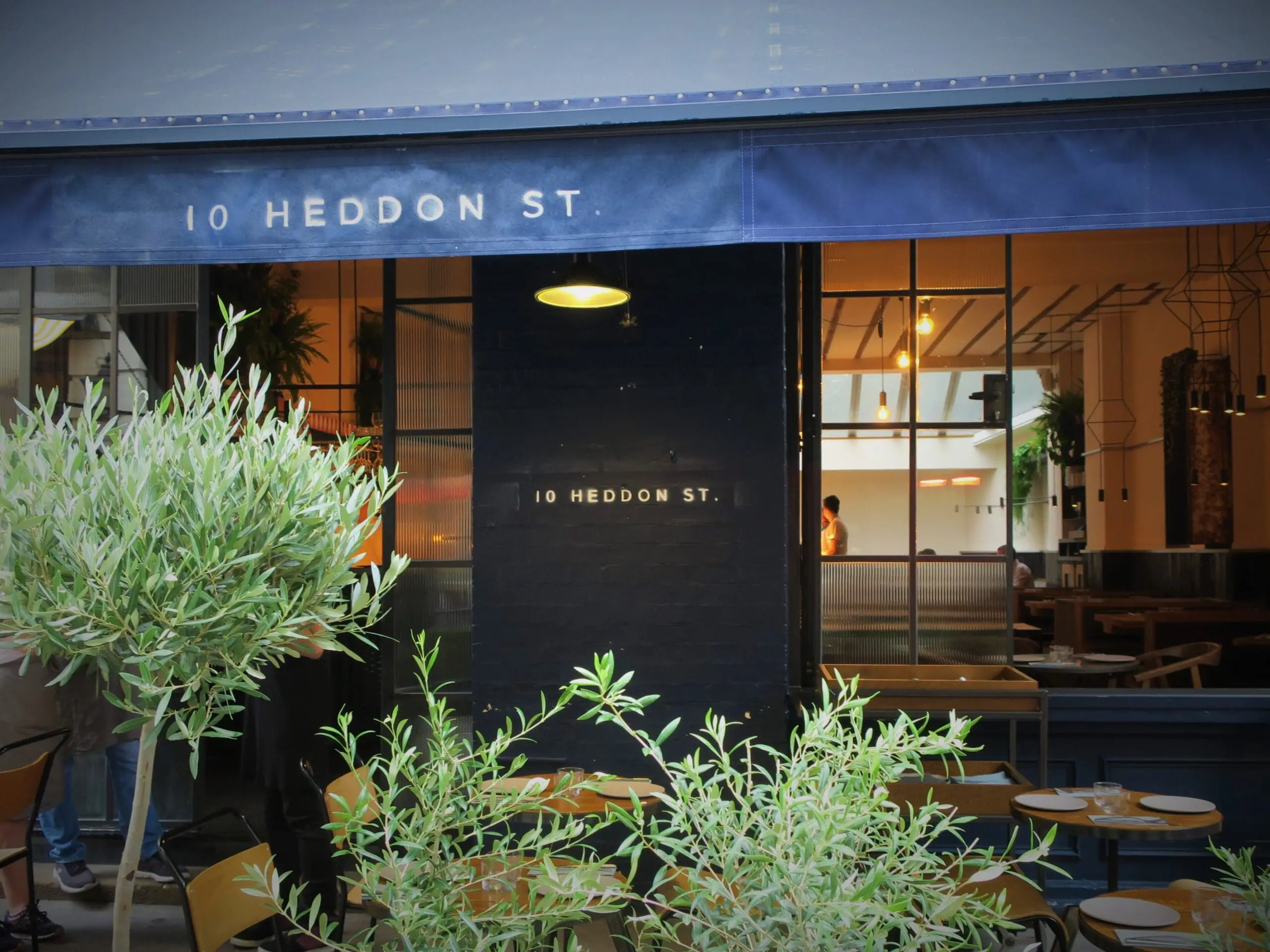
Its first pop-up residents were chef Chris Leach and business partner David Carter, who opened their artisanal pasta concept during the three months to October 2019. At the time of writing this blog it is being occupied by Pacific, a Japanese concept by Australian chef Shaun Presland.
Mintel predicts:
From a business standpoint, operators that run pop-ups will inevitably be more attractive to cautious investors that are more confident to fund business concepts that are tried and tested. In the longer term, we will see more restaurants start life as pop-ups as these become a low-risk way of testing new concepts.
Takeaway innovations
With the takeaway industry projected to grow further, operators are investing in three main innovative solutions to meet demand:
Click-and-collect: this offers customers the option to order ahead and collect from the outlet through a restaurant website/app. Restaurants can now integrate online orders within their point of sales (POS) systems, ensuring that kitchen staff receive them in the same way as dine-in orders. This helps to shorten customer waiting times and allows restaurants to capture data to better understand customer behaviour and run targeted promotions.
Dark kitchens: portable kitchens capable of servicing multiple restaurant operators. Deliveroo Editions, a third-party dark kitchen concept launched in 2017, was set up to allow restaurant partners to expand their catchment areas without the overheads of running traditional restaurant sites. Wagamama is a branded chain that uses Deliveroo Editions to serve online orders to customers based in London’s Battersea and Clapham, despite not having any physical presence in these areas. The independent Lebanese restaurant Waleema has also shifted its bricks and mortar business to delivery-only through Deliveroo Editions, after it closed its first restaurant site as a result of high operating costs.
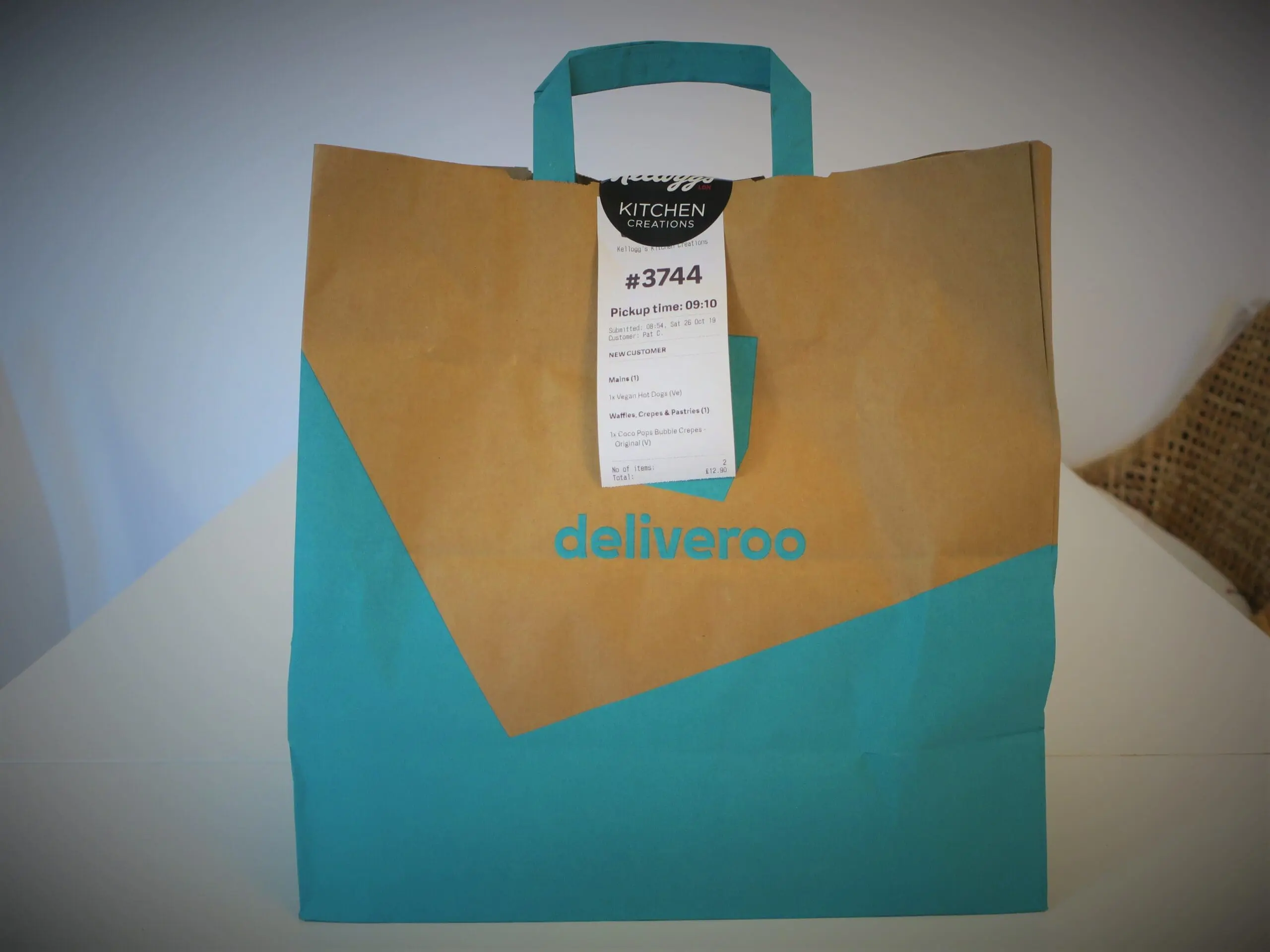
In-house dark kitchens: these allows restaurants to make use of spare space by creating a delivery-only menu under a different brand, while preserving the higher perceived value of their existing dine-in experience. This, for example, allows a fish and chip shop, to double up as a delivery-only fried chicken restaurant. While both types of foods would be made within the same environment, the latter would only be sold online through a third-party delivery company, such as UberEats. The Casual Dining Group (CDG), which owns brands such as Bella Italia and Café Rouge, was one of the first adopters of the in-house dark kitchen model to boost sales through delivery services. Since February 2018, it has introduced Mac Shack, and Stack & Grill as delivery-only brands on Deliveroo and UberEats across 280 of its restaurants.
Mintel predicts:
As operators continue to invest in innovative take-out solutions to meet demand without having to position themselves in areas where rent prices are high, more will take the plunge into the delivery/takeaway space.
Even pubs are now offering take-out services – starting with Toby Carvery’s pre-order and collection service. As the number of people ordering takeaway from pub restaurants/bars has risen by 3 percentage points in 2019, this will unlock opportunities for more pub operators to offer delivery services.







